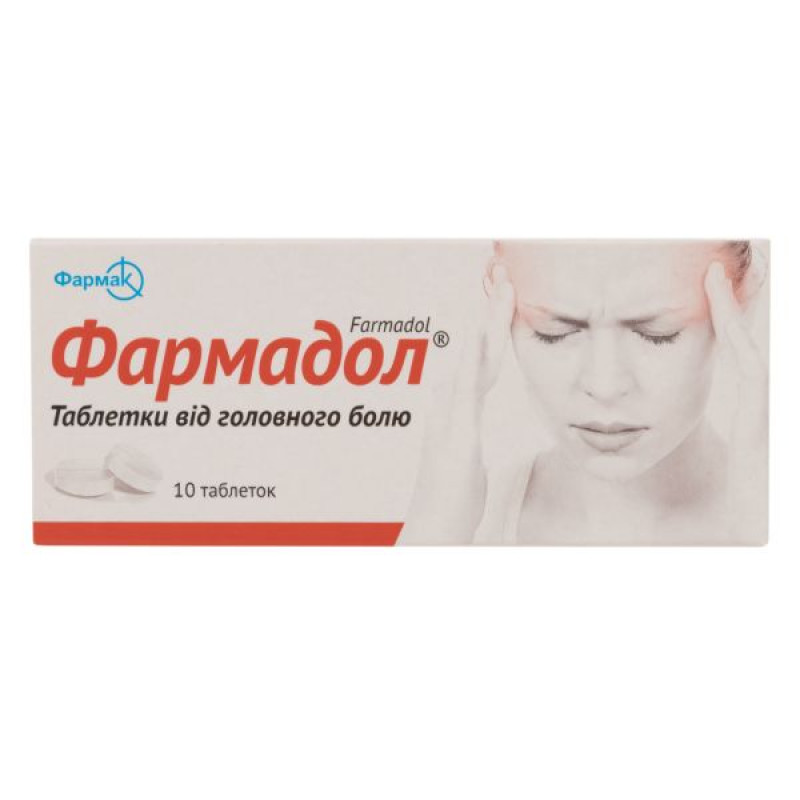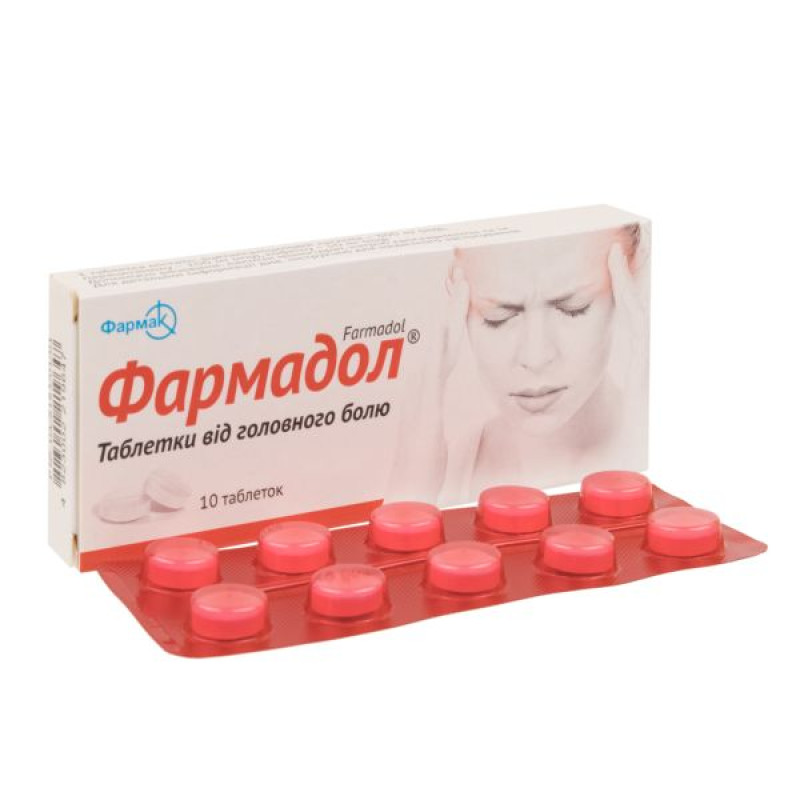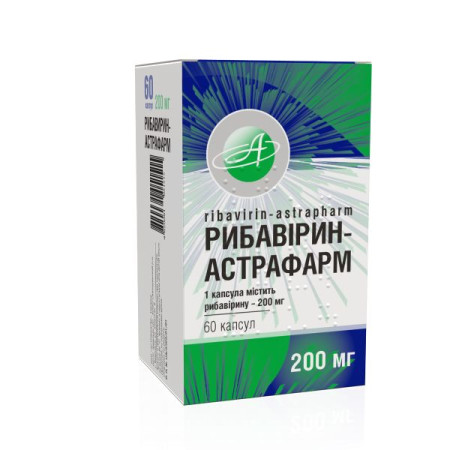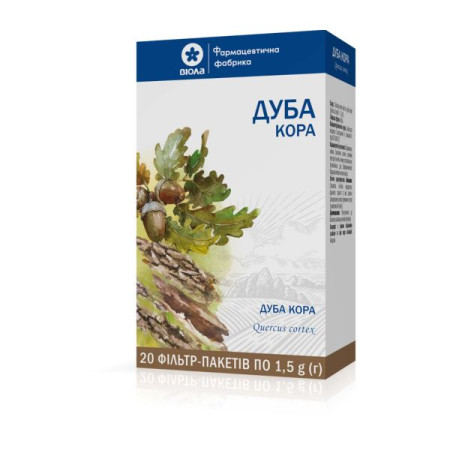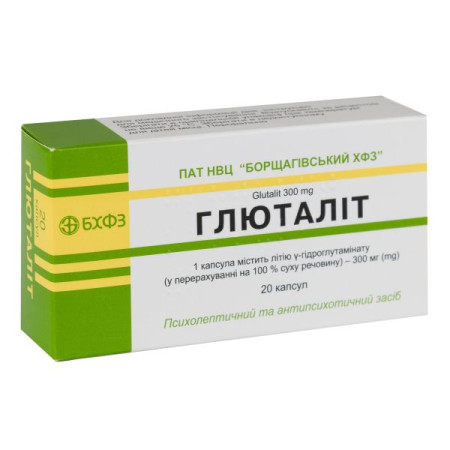Farmadol tablets blister No. 10
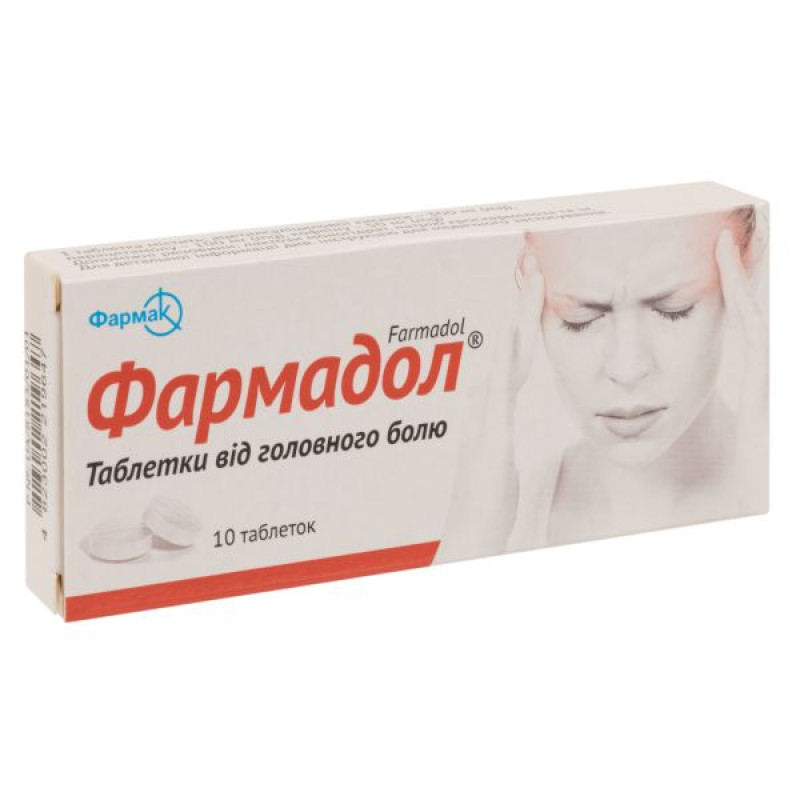
Instructions for use Farmadol tablets blister pack No. 10
Composition
active ingredients: 1 tablet contains acetylsalicylic acid 300 mg, paracetamol 100 mg, caffeine 50 mg;
Excipients: citric acid monohydrate; potato starch; lactose monohydrate; povidone; croscarmellose sodium; microcrystalline cellulose; calcium stearate.
Dosage form
Pills.
Main physicochemical properties: tablets with a flat surface with a score and a bevel, white or almost white in color, with a faint specific odor. Marbling and inclusions are allowed on the surface of the tablets.
Pharmacotherapeutic group
Analgesics and antipyretics. Acetylsalicylic acid, combinations without psycholeptics. ATX code N02B A51.
Pharmacological properties
Pharmacodynamics
Farmadol is a combination drug with anti-inflammatory, antipyretic and analgesic effects. The action of the drug is determined by its components.
The antipyretic effect of acetylsalicylic acid is realized through the central nervous system by inhibiting the synthesis of prostaglandin PGE2 in the hypothalamus in response to the action of endogenous pyrogens. Its analgesic efficacy has both peripheral (inhibition of prostaglandin synthesis in the focus of inflammation, prevention of sensitization of pain receptors to mechanical and chemical stimuli) and central (action on the centers of the hypothalamus, without depressing consciousness through a hypnotic effect or lowering the mental threshold of pain) origin.
The analgesic and antipyretic effect of paracetamol is due to the inhibition of prostaglandin synthesis and the predominant effect on the thermoregulatory center in the hypothalamus. It is a much weaker inhibitor of the peripheral system of prostaglandin biosynthesis, which play an important role in the development of the inflammatory response.
The mechanism of action of caffeine is due to the inhibition of phosphodiesterase activity, which leads to the accumulation of cAMP. An important link in the mechanism of action of caffeine is its interaction with purine receptors in the brain. It enhances the analgesic effect of acetylsalicylic acid and paracetamol and accelerates its onset.
Pharmacokinetics
Not researched.
Indication
Mild or moderately severe pain syndrome (headache, migraine, toothache, neuralgia, arthralgia, primary dysmenorrhea); diseases accompanied by hyperthermic syndrome (as an antipyretic).
Contraindication
Hypersensitivity to the components of the drug, other xanthine derivatives (theophylline, theobromine), other salicylates; bronchial asthma caused by the use of salicylates or other nonsteroidal anti-inflammatory drugs (NSAIDs) in history; congenital hyperbilirubinemia, congenital deficiency of glucose-6-phosphate dehydrogenase, blood diseases, leukopenia, anemia, thrombosis, thrombophlebitis, acute gastrointestinal ulcers, hemorrhagic diathesis, severe renal failure, severe hepatic failure, severe cardiovascular diseases, including rhythm disturbances, severe atherosclerosis, severe ischemic heart disease, severe heart failure, severe arterial hypertension, tendency to vasospasm; acute pancreatitis, prostatic hypertrophy, severe forms of diabetes mellitus; states of increased excitement, sleep disorders, epilepsy, hyperthyroidism, glaucoma, alcoholism. The period of use of monoamine oxidase inhibitors (MAOIs), as well as the period within 2 weeks after their discontinuation, is contraindicated in patients taking tricyclic antidepressants or beta-blockers. Combination with methotrexate at a dosage of 15 mg/week or more.
Interaction with other medicinal products and other types of interactions
Contraindicated combinations.
Methotrexate - when combined with salicylates at a dose of 15 mg per week or more, the hematological toxicity of methotrexate increases due to a decrease in the renal clearance of methotrexate by anti-inflammatory agents and its displacement from plasma protein binding, therefore this combination is contraindicated.
Barbiturates reduce the antipyretic effect of paracetamol.
Due to the content of acetylsalicylic acid, the drug may enhance the hypoglycemic effect of oral antidiabetic drugs.
Combinations that should be used with caution.
Caffeine: cimetidine, hormonal contraceptives, isoniazid enhance the effect of caffeine. Caffeine reduces the effect of opioid analgesics, anxiolytics, hypnotics and sedatives, is an antagonist of anesthetics and other drugs that depress the central nervous system (CNS) (competitive antagonist of drugs that depress the CNS), a competitive antagonist of drugs adenosine, adenosine triphosphate (ATP). With simultaneous use of caffeine with ergotamine, the absorption of ergotamine from the digestive tract improves, with thyroid-stimulating drugs - the thyroid effect increases. Caffeine reduces the concentration of lithium in the blood. Caffeine increases the effect (improves bioavailability) of analgesics-antipyretics, potentiates the effects of xanthine derivatives, alpha- and beta-adrenomimetics, psychostimulants. Simultaneous use of caffeine with MAO inhibitors can cause a dangerous increase in blood pressure.
Acetylsalicylic acid: simultaneous use with uricosuric agents such as benzobromarone, probenecid reduces the effect of uric acid excretion (due to competition for uric acid excretion by the renal tubules). When used simultaneously with digoxin, the concentration of the latter in the blood plasma increases due to a decrease in renal excretion. ACE inhibitors in combination with high doses of acetylsalicylic acid cause a decrease in glomerular filtration due to inhibition of vasodilator prostaglandins and a decrease in the hypotensive effect. Selective serotonin reuptake inhibitors: the risk of bleeding from the upper digestive tract increases due to the possibility of a synergistic effect. When used simultaneously with valproic acid, acetylsalicylic acid displaces it from its connection with plasma proteins, increasing toxicity.
Application features
Do not use the drug with other drugs containing paracetamol, acetylsalicylic acid. Do not exceed the indicated doses of the drug.
Pre-existing liver disease increases the risk of liver damage from paracetamol.
In patients with bronchial asthma, allergic diseases, hypersensitivity to NSAIDs, the development of an allergic reaction or exacerbation of the underlying disease is possible. The drug is prescribed with caution to the elderly.
During treatment with the drug, it is not recommended to consume excessive amounts of beverages containing caffeine (e.g. coffee, tea). This may cause sleep problems, tremors, and chest discomfort due to palpitations.
Do not drink alcoholic beverages during treatment.
Use with caution in the following cases:
hypersensitivity to analgesics, anti-inflammatory, antirheumatic drugs, as well as allergies to other substances; gastrointestinal ulcers, including chronic and recurrent ulcers or a history of gastrointestinal bleeding; concomitant use of anticoagulants; impaired renal function or cardiovascular circulation (e.g. renal vascular disease, congestive heart failure, hypovolemia, major surgery, sepsis or severe bleeding), since acetylsalicylic acid also increases the risk of impaired renal function and acute renal failure; severe glucose-6-phosphate dehydrogenase deficiency - acetylsalicylic acid may cause hemolysis or hemolytic anemia, especially in the presence of risk factors for hemolysis, such as high doses of the drug, fever or acute infectious process; impaired liver function.
Acetylsalicylic acid may cause bronchospasm or an attack of bronchial asthma or other hypersensitivity reactions. Risk factors include a history of asthma, hay fever, nasal polyps or chronic respiratory disease, and a history of allergic reactions (e.g. skin reactions, itching, urticaria) to other substances.
Due to the inhibitory effect of acetylsalicylic acid on platelet aggregation, which persists for several days after administration, the use of drugs containing acetylsalicylic acid increases the likelihood of increased bleeding during surgical operations (including minor surgical interventions, such as tooth extraction).
When using low doses of acetylsalicylic acid, the excretion of uric acid may be reduced. This may lead to an attack of gout in patients prone to it.
Do not use acetylsalicylic acid-containing products in children and adolescents with acute respiratory viral infections (ARI), with or without fever, without consulting a doctor. Some viral diseases, especially influenza A, influenza B and chickenpox, carry a risk of developing Reye's syndrome, which is a very rare but life-threatening illness requiring immediate medical attention. The risk may be increased if acetylsalicylic acid is used as a concomitant medication, but a causal relationship has not been proven in this case. If these conditions are accompanied by persistent vomiting, this may be a manifestation of Reye's syndrome.
If symptoms persist, you should consult a doctor.
Patients who take analgesics every day for mild arthritis should consult a doctor. In patients with severe infections such as sepsis, which are accompanied by a decrease in glutathione levels, the risk of metabolic acidosis is increased when taking paracetamol. Symptoms of metabolic acidosis include deep, rapid or difficult breathing, nausea, vomiting, loss of appetite. You should consult a doctor immediately if these symptoms occur.
The drug contains lactose, therefore patients with rare hereditary forms of galactose intolerance, lactase deficiency or glucose-galactose malabsorption syndrome should not take the drug.
Ability to influence reaction speed when driving vehicles or other mechanisms
In case of dizziness, potentially hazardous activities should be avoided, including driving a car and/or performing work that requires increased attention and speed of psychomotor reactions.
Use during pregnancy or breastfeeding
Do not apply.
Method of administration and doses
Adults should take Farmadol orally 1–2 tablets 2–3 times a day after meals, with plenty of liquid. The highest daily dose is 6 tablets in 3 divided doses.
The drug should not be taken for more than 5 days as an analgesic and more than 3 days as an antipyretic.
Children
The drug should not be used in children due to the risk of developing Reye's syndrome (hyperpyrexia, metabolic acidosis, nervous system and mental disorders, vomiting, liver dysfunction) in case of hyperthermia against the background of viral diseases.
Overdose
Symptoms of paracetamol overdose.
Liver damage is possible in adults who have taken 10 g or more of paracetamol, and in children who have taken the drug in a dose of more than 150 mg/kg of body weight. Liver damage can occur 12–48 hours after taking excessive doses of the drug. The following symptoms may occur in the first 24 hours: pallor, nausea, vomiting, anorexia, abdominal pain, hepatonecrosis, increased activity of “liver” transaminases, increased prothrombin index. In severe poisoning, liver failure can lead to encephalopathy, coma and death. Acute renal failure with acute tubular necrosis can manifest as severe lumbar pain, hematuria, proteinuria and develop even in the absence of severe kidney damage. Pancreatitis has also been noted. Glucose metabolism disorders and metabolic acidosis may occur. Cardiac arrhythmias have also been noted. With long-term use of high doses, aplastic anemia, thrombocytopenia, pancytopenia, agranulocytosis, neutropenia, and leukopenia may occur.
In patients with risk factors (long-term treatment with carbamazepine, phenobarbital, phenytoin, primidone, rifampicin, St. John's wort or other drugs that induce liver enzymes; alcohol abuse; glutathione deficiency, e.g. digestive disorders, cystic fibrosis, HIV infection, malnutrition, cachexia), taking 5 g or more of paracetamol can lead to liver damage.
When taking large doses, from the side of the CNS - dizziness, psychomotor agitation and disorientation; from the side of the urinary system - nephrotoxicity (renal colic, interstitial nephritis, papillary necrosis).
N-acetylcysteine treatment can be used within 24 hours of paracetamol ingestion, but the maximum protective effect is obtained when it is used within 8 hours of overdose. The effectiveness of the antidote decreases sharply after this time.
Symptoms of acetylsalicylic acid overdose.
Salicylate overdose is possible due to chronic intoxication resulting from long-term therapy (administration of more than 100 mg/kg/day for more than 2 days may cause toxic effects), as well as acute intoxication, which is life-threatening (overdose) and may be caused by accidental use, particularly by children, or an unforeseen overdose.
Chronic salicylate poisoning may be latent because its symptoms are nonspecific. Moderate chronic salicylate intoxication, or salicylism, usually occurs only after repeated ingestion of large doses. The main symptoms are: balance disorders, dizziness, tinnitus, deafness, increased sweating, nausea and vomiting, headache, confusion. These symptoms can be controlled by reducing the dose. Tinnitus may occur at plasma salicylate concentrations above 150–300 μg/ml. Serious adverse reactions occur at plasma salicylate concentrations above 300 μg/ml. Acute intoxication is evidenced by a pronounced change in acid-base balance, which may vary depending on the age of the patient and the severity of the intoxication. The severity of the condition cannot be determined solely on the basis of plasma salicylate concentrations.
Due to the complex pathophysiological effects, symptoms of salicylate poisoning may include:
Moderate or severe intoxication may be accompanied by: respiratory alkalosis with compensatory metabolic acidosis (acidemia, aciduria); hyperpyrexia; respiratory disorders: hyperventilation, noncardiogenic pulmonary edema, respiratory failure, asphyxia; cardiovascular disorders: arrhythmia, hypotension, cardiovascular failure; fluid and electrolyte losses: dehydration, oliguria, renal failure; impaired glucose metabolism, ketoacidosis; tinnitus, deafness; gastrointestinal bleeding; hematological disorders: platelet inhibition, coagulopathy; neurological disorders: toxic encephalopathy and CNS depression with manifestations such as lethargy, confusion, coma and convulsions.
Symptoms of caffeine overdose.
Large doses of caffeine can cause epigastric pain, vomiting, diuresis, rapid breathing, extrasystole, tachycardia or cardiac arrhythmia, and effects on the central nervous system (dizziness, insomnia, nervous excitement, irritability, affective state, anxiety, tremor, convulsions).
Treatment.
Treatment is determined by the severity, clinical symptoms and is provided by standard methods. In case of overdose, urgent medical attention is required, even if symptoms of overdose are absent. The appointment of methionine orally or acetylcysteine intravenously may have a positive effect within 48 hours after overdose. It is also necessary to carry out general supportive measures, symptomatic therapy, including the use of beta-adrenoreceptor antagonists, which can eliminate cardiotoxic effects.
Adverse reactions
Allergic reactions: skin rashes (usually erythematous, urticaria), itching, angioedema, erythema multiforme exudative (including Stevens-Johnson syndrome), toxic epidermal necrolysis, non-cardiogenic pulmonary edema, asthma.
On the part of the digestive tract: dyspeptic disorders, including nausea, vomiting, epigastric discomfort and pain, heartburn, abdominal pain; inflammation of the digestive tract, erosive-ulcerative lesions of the digestive tract, which may in rare cases cause gastrointestinal hemorrhages and perforations with corresponding laboratory and clinical manifestations.
On the part of the hepatobiliary system: increased activity of liver enzymes, usually without the development of jaundice, hepatonecrosis (dose-dependent effect).
On the part of the endocrine system: hypoglycemia, up to hypoglycemic coma.
From the side of the hematopoietic system: sulfhemoglobinemia and methemoglobinemia (cyanosis, shortness of breath, pain in the heart area), hemolytic anemia, thrombocytopenia, agranulocytosis, perioperative hemorrhages, hematomas, hemorrhages of the genitourinary system, nasal hemorrhages, hemorrhages from the gums, cerebral hemorrhages.
Hemorrhages can lead to acute and chronic posthemorrhagic/iron deficiency anemia (due to so-called occult microbleeding) with corresponding laboratory manifestations and clinical symptoms, such as asthenia, pallor of the skin, hypoperfusion.
On the part of the immune system: angioedema, anaphylactic shock, which may be accompanied by cardiorespiratory failure, hypersensitivity reactions, rhinitis, nasal congestion, bronchospasm.
From the cardiovascular system: short-term arterial hypertension, tachycardia, arrhythmia.
From the side of the central nervous system: dizziness, insomnia, anxiety, tinnitus.
Urinary system: renal dysfunction and acute renal failure have been reported.
Taking the drug at recommended doses with products containing caffeine may increase caffeine-related side effects, such as increased excitability, anxiety, irritability, headache, gastrointestinal disturbances, and rapid heartbeat.
Expiration date
2 years.
Do not use the drug after the expiration date indicated on the package.
Storage conditions
Store in a place protected from light at a temperature not exceeding 25 ° C. Keep out of the reach of children.
Packaging
10 tablets in a blister. 1 blister in a pack.
Vacation category
Without a prescription.
Producer
PJSC "Farmak".
Location of the manufacturer and its business address
Ukraine, 04080, Kyiv, Frunze St., 74.
There are no reviews for this product.
There are no reviews for this product, be the first to leave your review.
No questions about this product, be the first and ask your question.







